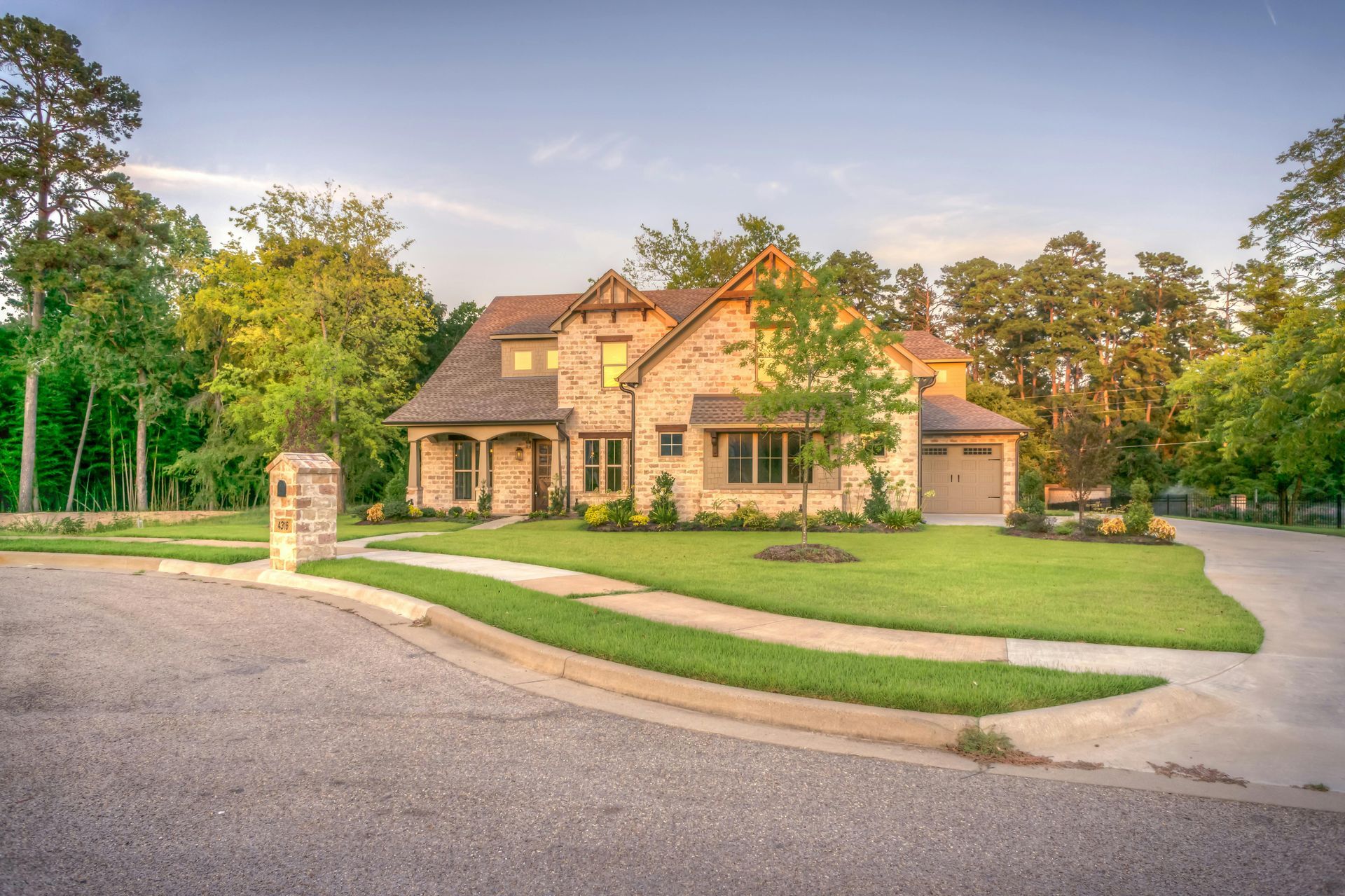USAA Insurance Claims: A General Contractor’s Guide to Faster Approvals and Better Repairs
USAA Insurance Claims: A Comprehensive Contractor’s Guide for Quicker Approvals and Superior Repairs.

Introduction
Navigating the insurance claims process with USAA can be a complex and time-consuming experience for homeowners. As a general contractor, understanding the ins and outs of USAA claims can position you as an invaluable resource to policyholders. By guiding homeowners through the claims process, advocating for fair settlements, and ensuring high-quality repairs, you can build a reputation as a trusted expert. This guide will help you streamline claim approvals, optimize repairs, and ultimately improve the experience for both homeowners and insurance adjusters.
Understanding USAA Insurance Claims
USAA is known for its commitment to serving military members and their families. Their insurance policies provide coverage for damages caused by storms, fires, water leaks, and other unforeseen disasters. However, like all insurance companies, USAA follows strict guidelines for processing claims, determining payouts, and approving repair work.
The Role of a General Contractor in the Claims Process
As a general contractor, your expertise can significantly impact the efficiency and outcome of a USAA insurance claim. Here’s how you can assist homeowners:
- Damage Assessment: Conducting a thorough inspection to document damages accurately.
- Detailed Estimates: Providing itemized repair estimates that align with USAA’s expectations.
- Adjuster Collaboration: Working directly with insurance adjusters to ensure fair claim evaluations.
- Repair and Reconstruction: Delivering high-quality repairs that restore homes to pre-loss condition.
- Policyholder Advocacy: Helping homeowners understand their coverage and rights.
Step-by-Step Guide to Faster USAA Claim Approvals
1. Conduct a Thorough Inspection and Documentation
A well-documented damage assessment is crucial to expediting the claims process. Here’s how to do it effectively:
- Take high-resolution photos and videos of all damage.
- Use thermal imaging or moisture meters if dealing with water damage.
- Document both visible and hidden damages to ensure comprehensive repairs.
- Provide a written summary of the cause, extent, and necessary repairs.
2. Prepare a Detailed and Justified Estimate
Insurance companies, including USAA, rely on standardized estimating software like Xactimate. To ensure your estimate aligns with USAA’s expectations:
- Break down labor and material costs for every aspect of the repair.
- Use industry-standard pricing to justify expenses.
- Include supporting documents, such as material invoices or subcontractor bids.
- Compare your estimate to USAA’s adjuster report and dispute discrepancies professionally.
3. Communicate Proactively with USAA Adjusters
Establishing open lines of communication with USAA adjusters can make the claims process smoother. Here’s how:
- Be present during the adjuster’s inspection.
- Provide your estimate and documentation in advance.
- Follow up regularly and professionally to address any concerns.
- Offer alternative repair solutions if cost discrepancies arise.
4. Understand Common USAA Policy Coverages and Exclusions
Every insurance policy has limitations. Educating yourself on common USAA coverages and exclusions can help manage homeowner expectations:
- Typically Covered: Wind, hail, fire, water damage (excluding flood), and sudden pipe bursts.
- Often Excluded: Gradual wear and tear, pre-existing damage, and neglect-related issues.
- Endorsements: Some policyholders may have additional coverage for high-value repairs.
5. Help Homeowners Navigate Additional Living Expenses (ALE)
If a home is uninhabitable during repairs, homeowners may be eligible for ALE coverage under their USAA policy. As a contractor, you can assist by:
- Providing realistic repair timelines to help determine ALE needs.
- Coordinating temporary housing accommodations if necessary.
- Working efficiently to minimize displacement time.
6. Utilize Supplement Requests for Additional Repairs
In many cases, hidden damages arise once repairs begin. When this happens:
- Document the additional damage with photos and written reports.
- Submit a supplement request to USAA with a revised estimate.
- Clearly justify why the additional work is necessary.
- Follow up persistently but professionally to ensure approval.
Common Challenges and How to Overcome Them
Delayed Claim Approvals
- Solution: Ensure all documentation is thorough and submitted promptly.
- Solution: Follow up consistently and professionally with adjusters.
Low Insurance Payouts
- Solution: Provide detailed estimates with industry-standard pricing.
- Solution: Dispute unjust denials with proper documentation and negotiation.
Discrepancies Between Your Estimate and USAA’s Offer
- Solution: Request a reinspection and provide additional supporting evidence.
- Solution: Use Xactimate or similar estimating software to align with industry standards.
How to Build Strong Relationships with USAA and Homeowners
Building a positive relationship with USAA adjusters and policyholders can lead to more referrals and smoother claim approvals. Here are some best practices:
- Maintain Professionalism: Be courteous and cooperative with insurance representatives.
- Be Transparent: Clearly explain the claims and repair process to homeowners.
- Deliver Quality Work: Consistently complete projects on time and to a high standard.
- Educate Clients: Help homeowners understand their policy and rights.
Conclusion
Navigating USAA insurance claims as a general contractor requires knowledge, patience, and strong communication skills. By mastering the claims process, providing detailed estimates, and advocating for fair settlements, you can speed up approvals and ensure homeowners receive high-quality repairs. Position yourself as a trusted expert, and you’ll not only help policyholders but also grow your business through positive referrals and long-term success.
If you’re a homeowner dealing with a USAA claim or a general contractor looking to streamline your process, consider partnering with a trusted contractor experienced in handling insurance claims. Your home deserves the best possible restoration, and working with the right professionals makes all the difference.











